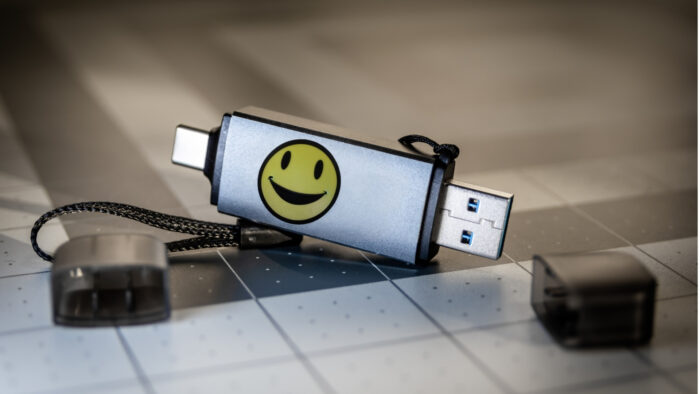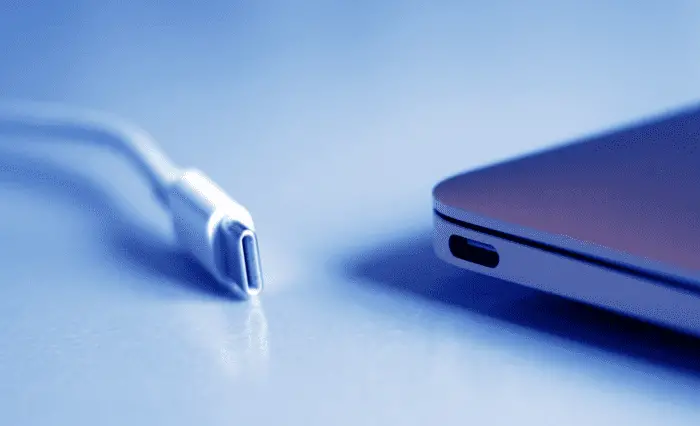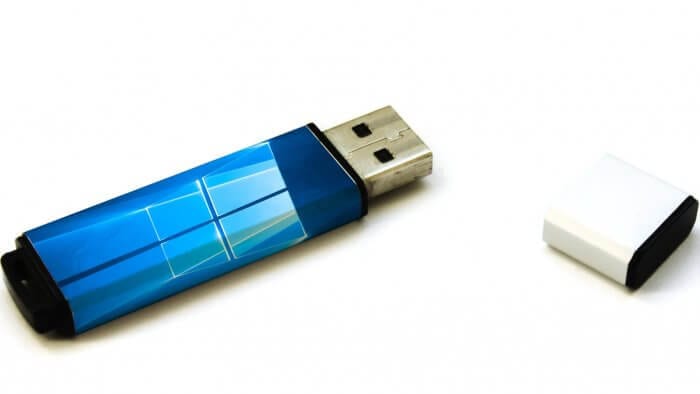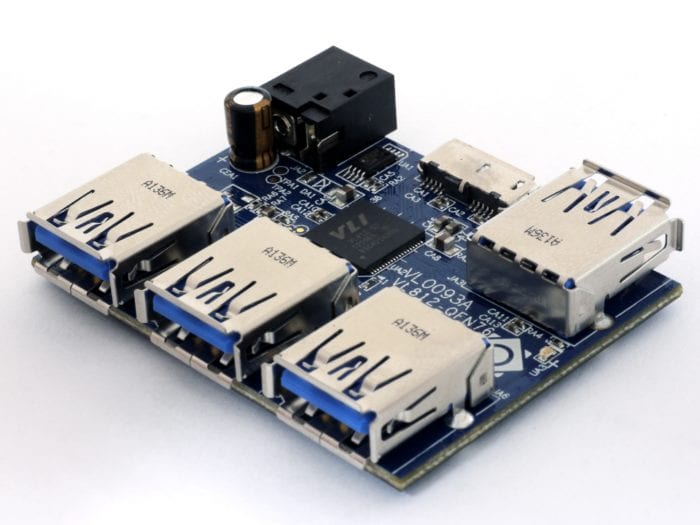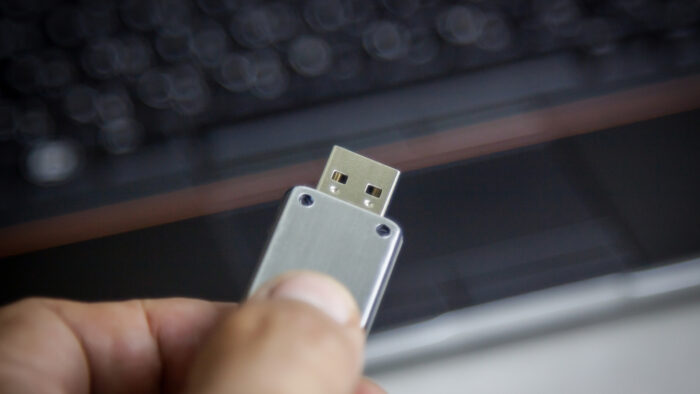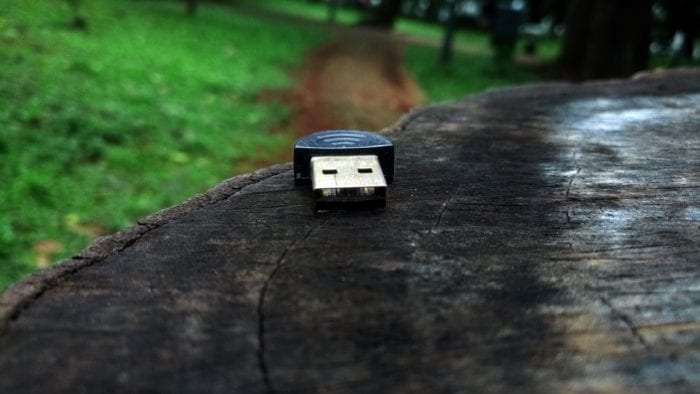If you got a message on your monitor saying “This content requires HDCP for playback” or something similar, that means your device doesn’t support HDCP. To watch HDCP-protected content on your monitor, you need to have an HDCP-capable monitor and an HDCP-capable device such as a computer, Blu-ray player, or game console.
Table of Contents
What is HDCP
HDCP stands for High-bandwidth Digital Content Protection. It was developed by Intel in 2003. It was initially released on DVI and then on HDMI to DisplayPort as well.
HDCP is a copy protection mechanism that prevents the copying of digital audio and video content across connections. HDCP-encrypted content is also prevented from being played back on unauthorized devices, whether they are older devices or devices that are specifically designed to copy or record content.
3 steps to view HDCP status using NVIDIA Control Panel
If your monitor has a digital connection such as HDMI or DisplayPort, you can use tools such as NVIDIA Control Panel to view the HDCP status of your monitor. But if your monitor has an analog connection such as VGA, it is unlikely to support HDCP.
To do this, you need to have an NVIDIA graphics card and driver installed on your computer.
1. Open NVIDIA Control Panel by right-clicking on your desktop and selecting it from the menu.

2. Under Display, click View HDCP Status to open a page that shows your display’s HDCP status.

3. Select the icon representing your monitor. The page will show one of three possible results: This display supports HDCP, This display does not support HDCP as configured, or This display does not support HDCP.
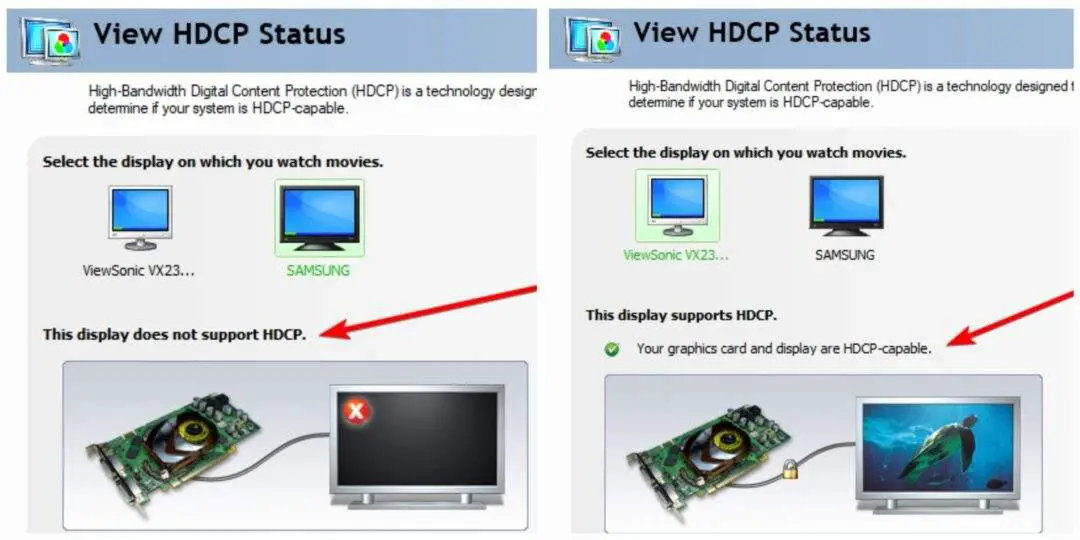
How to choose a monitor that supports HDCP
- Check the product label or tag on your monitor for HDCP compliance.
- Look for your monitor’s user guide or manual and check for HDCP compliance.
- Try plugging in an HDCP-compliant device such as a Blu-ray player or a game console and see if it works.
- Go to the monitor manufacturer’s website and check if they are HDCP compliant.
- Contact the manufacturer’s customer support.
- You can also look for monitors that use HDMI 2.0, DisplayPort 1.3, or higher, as they should be compatible with HDCP 2.2.
In conclusion, determining whether your monitor is HDCP compliant is crucial if you want to enjoy high-quality content without any interruptions. By following the steps outlined in this post, you can easily check if your device meets the required criteria and make informed decisions when it comes to purchasing or upgrading your equipment.

